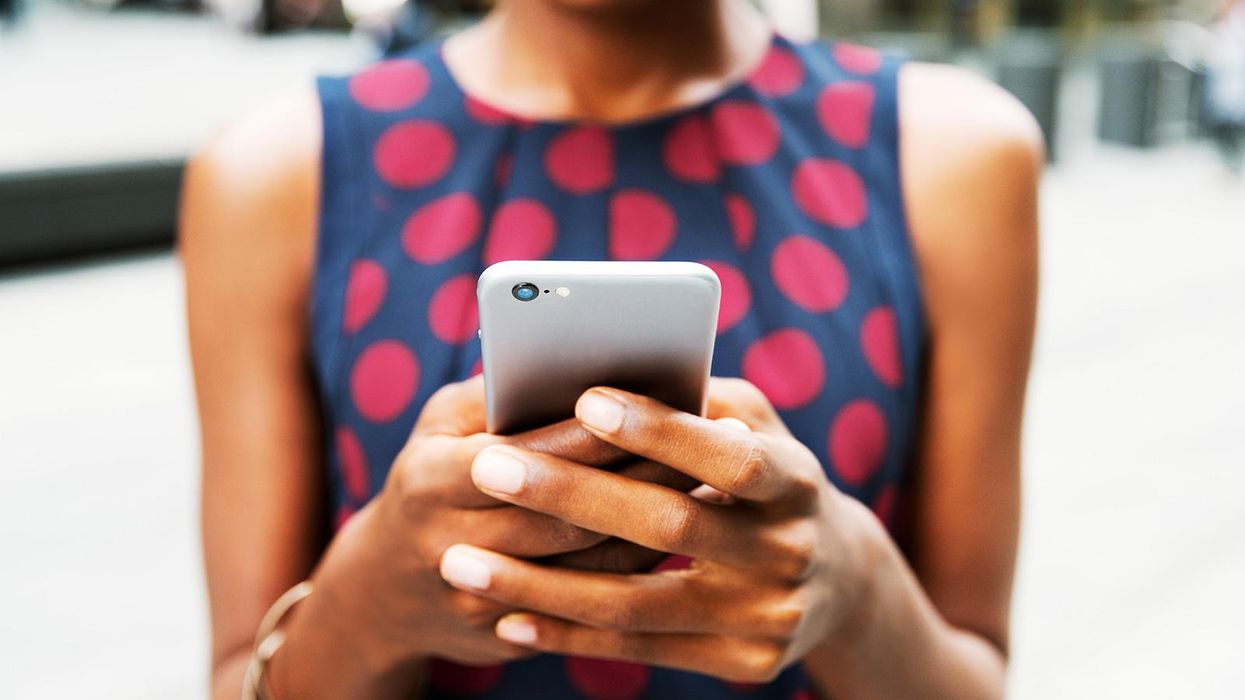(CNN) — If you're looking to replace or upgrade your smartphone in the coming year, take a beat and think it over. Do you really need a new phone, or do you simply have the urge to get the new, shiny tech? There are some issues to consider besides the new device's affordability.
In particular, our desire to always have the newest smartphone comes at a steep environmental cost.
The life of a smartphone begins in mines around the world, where critical minerals are extracted. Those materials get transported to factories where they're refined, often using high temperatures and significant energy, and turned into components like batteries, wires, logic boards, and motors. The components are then transported by fossil fuel-powered vehicles to yet more factories to be assembled into complete devices, before being shipped to consumers around the world.
As taxing as this manufacturing process is on the climate and environment, it's made even worse by how frequently consumers replace their phones. And when tossed away, electronic devices pose toxic harm to the environment.
"Smartphones seem so small and inconsequential, so unless you've studied the supply chains and realized everything that goes into creating [them], you really just have no sense of how environmentally devastating these things are," Cole Stratton, an associate instructor at Indiana University Bloomington, who has studied tech supply chains, previously told CNN.
The right to repair your stuff
Unfortunately, manufacturers have historically made it difficult to repair devices, so much so, replacing them often looks like an easier solution than fixing them, further contributing to the already-dire climate crisis.
According to Swappie, which refurbishes and resells iPhones, 1.4 billion new smartphones forecast to be shipped this year will generate 146 million tons of planet-warming emissions, 83 percent of which come from manufacturing, shipping and first-year usage.
"A lot of people don't know the real impact that buying a new smartphone actually has on the environment," Emma Lehikoinen, chief operating officer at Swappie, told CNN. "Now, when we look at refurbished devices, it's a very different story."
That's where the growing right-to-repair movement comes in.
Right-to-repair advocates have been calling for laws to require device makers to release the tools, parts, and repair manuals necessary to allow consumers to have their products fixed by independent shops, or to do it themselves.
If consumers could more easily repair devices, advocates say they wouldn't have to replace them as frequently, which reduces reliance on the resource-intensive and greenhouse gas-emitting production process and ultimately cuts down on electronic waste.
The climate footprint of an average refurbished phone from Swappie in 2021 was 78 percent less than an average new phone, the company reported.
"If we can't repair our stuff, the consequences are we throw a lot more away," Gay Gordon-Byrne, executive director of the Repair Association, a coalition fighting for the right to repair, previously told CNN. "We can't cope with the volume anymore ... We're swimming in products that we can no longer recycle."
What you can do
Resist the urge to upgrade. If your phone still works, get as much life as you can out of it.
"The greenest smartphone is the one you already own," Stratton said.
Get it fixed. If your phone breaks, get it fixed directly by the manufacturer — like Samsung or Apple — or take it to a store like Micro Center, Best Buy, or another local tech repair shop authorized to fix your phone brand. A broken or malfunctioning phone can often be fixed through easy repairs that could cost less than replacing it. Apple this year opened its self-service repair store, providing manuals and parts for consumers seeking do-it-yourself fixes for their iPhones.
Donate. There are lots of good causes accepting phone donations to either refurbish or sell for cash, including the Salvation Army and the National Coalition Against Domestic Violence.
Sell it instead of tossing it. You can sell your used smartphone to specialized refurbishing companies like Swappie to give it (or its parts) a second life.
"What a lot of people also don't know is that even broken phones can still be valuable," Lehikoinen said. "This is because of the materials used to produce them but also the parts they include."
Recycle it properly. If your phone is completely broken and cannot be sold or donated, you can still recycle it properly. You just need to do a little bit of research into how and where to correctly recycle it. For example, at Swappie's temporary store in Milan, they are asking the local community to help them collect 50 kilograms of broken phones to be recycled.
A version of this story was originally published in October 2021.
The-CNN-Wire
™ & © 2022 Cable News Network, Inc., a Warner Bros. Discovery Company. All rights reserved.
- Nikkie Tutorials Is the First Trans Woman to Cover The Knot Magazine ›
- A Timeline of Lady Gaga's Number One Hits ›
- Kendall Jenner and Devin Booker: Back Together So Soon? ›
- Pancreatic Cancer Action Network Develops Early Detection Test ›
- China to Punish Internet Users for Liking Posts Deemed 'Harmful' Following Zero-Covid Protests ›
- World Governments Create Treaty to End Plastic Pollution ›
- Period Underwear Is Better for the Environment, But Does It Work? ›
- Finally, Some Good News for the Environment ›
- US to Ban the Sale of Shark Fins - Advocate Channel ›
- USPS to Deploy 66,000 Electric Vehicles - Advocate Channel ›


















































